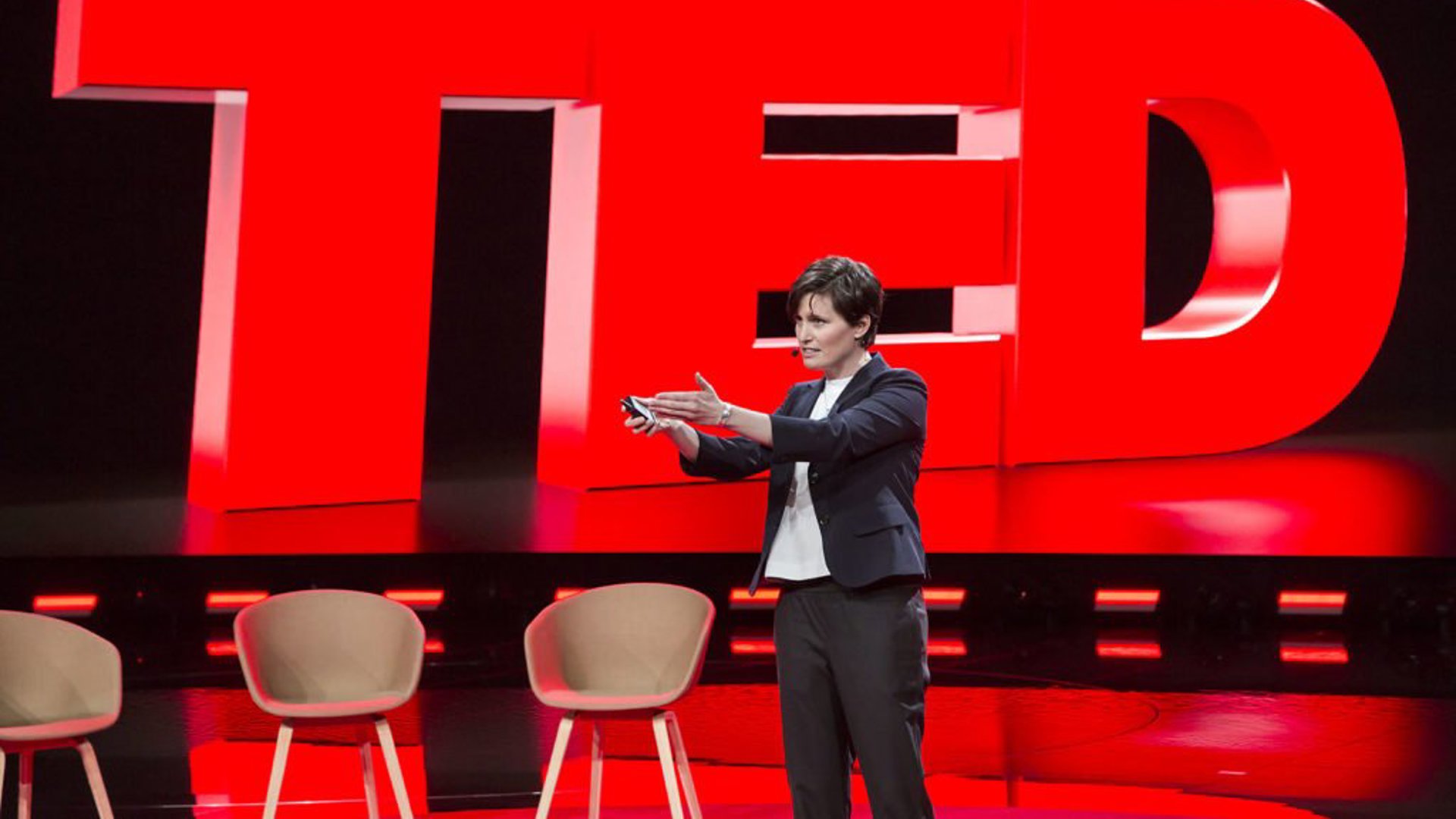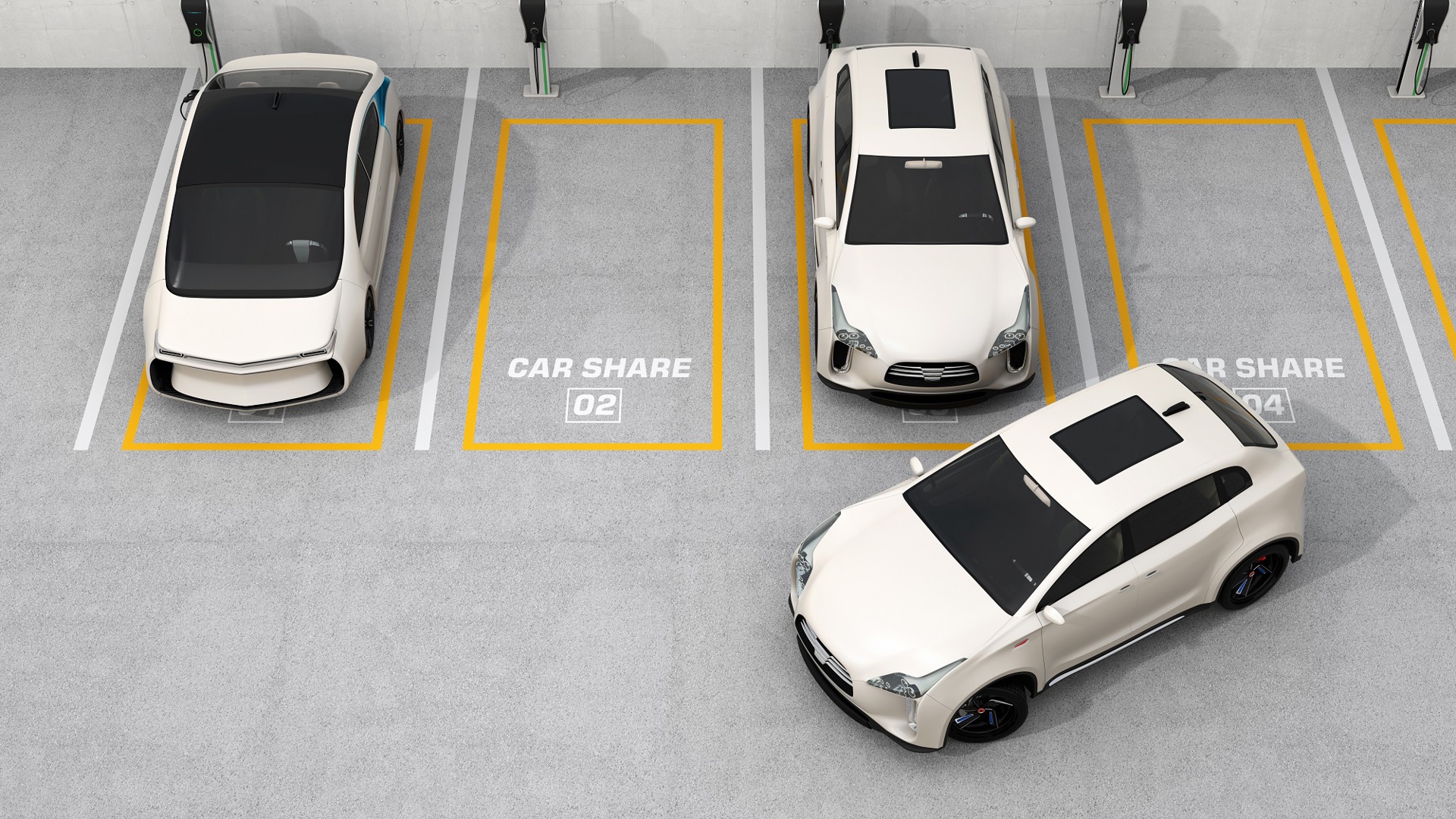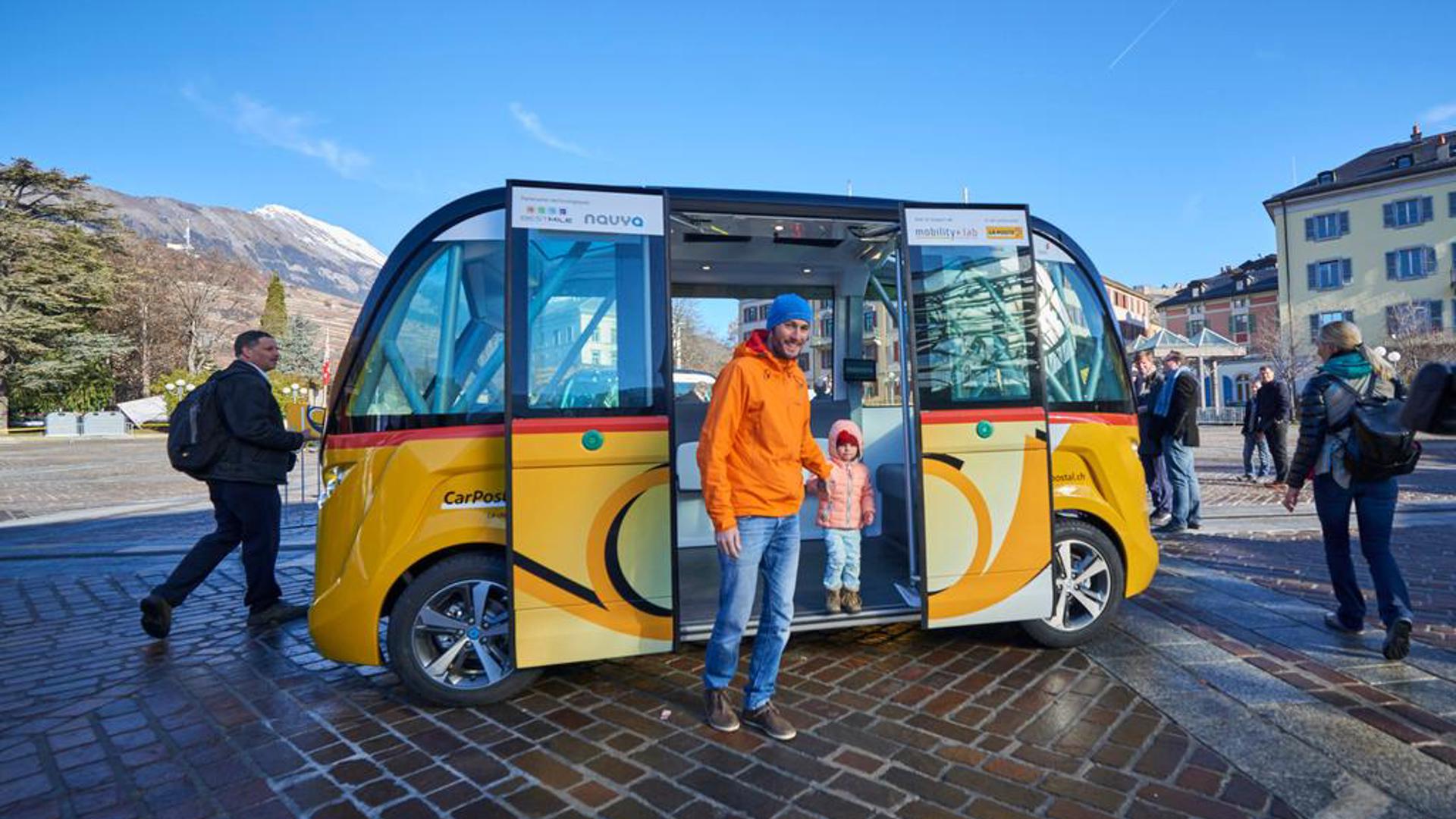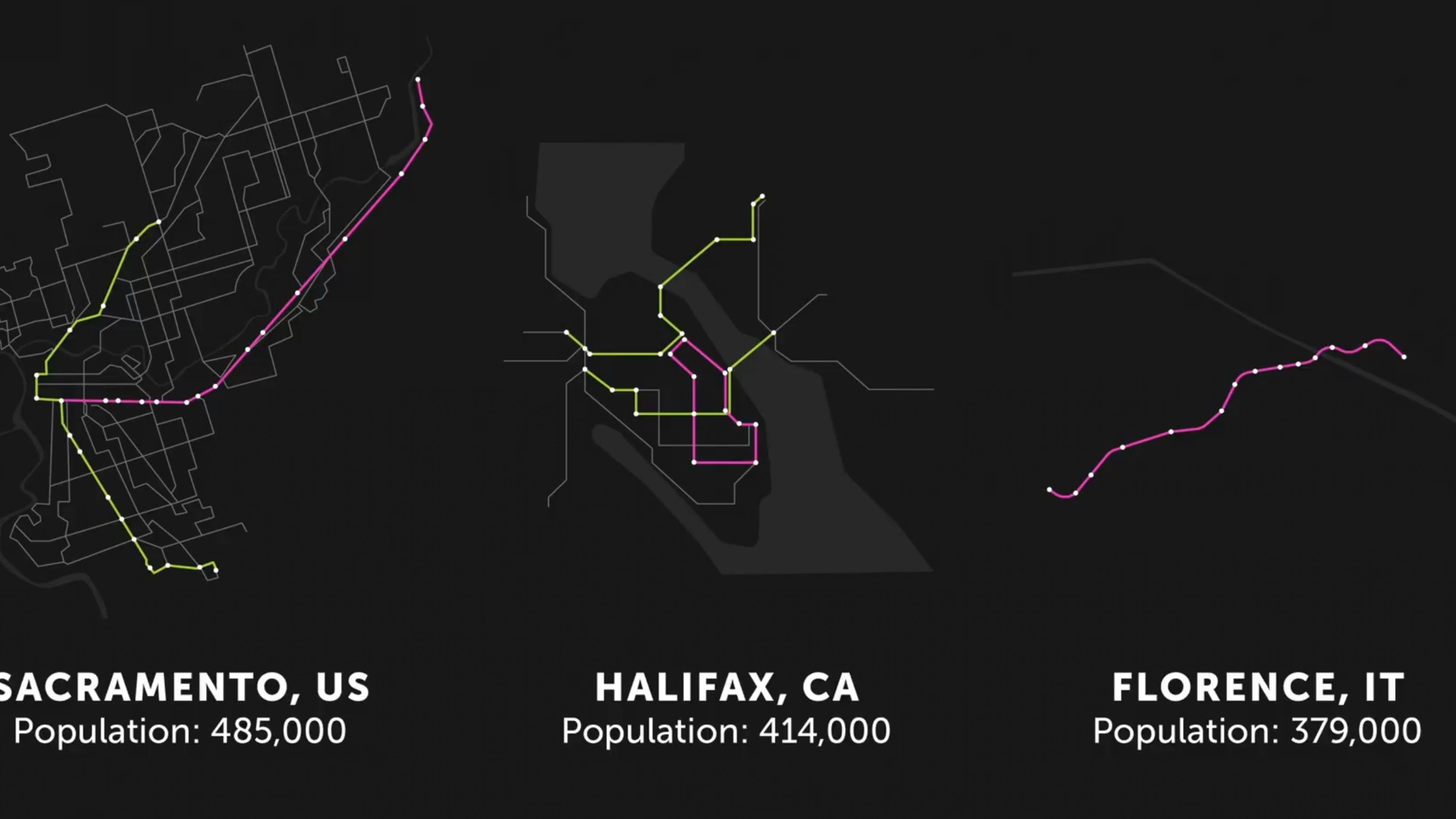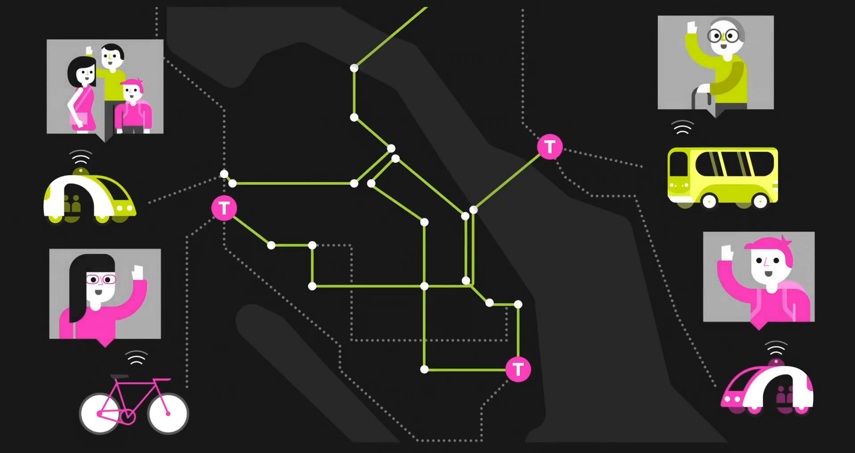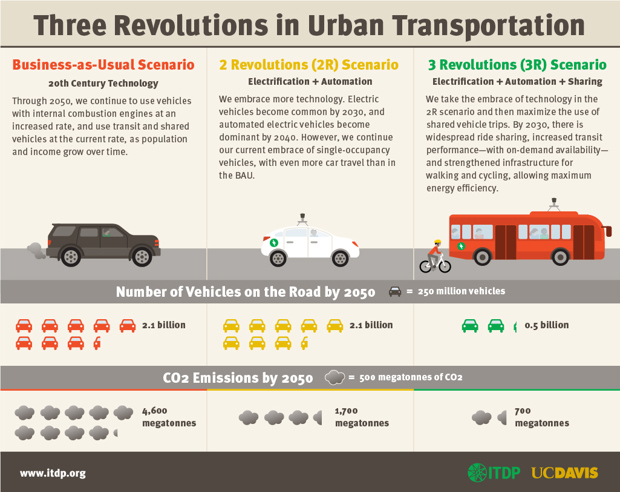On November 16, Sandra Phillips, winner of Next Visionaries 2017, an initiative organized by BMW i and TED, took to the TED New York stage to share her vision of shared mobility, one built upon autonomous transit. For Sandra, who’s introduced car-sharing to multiple cities around the world, autonomous public transportation is the next logical step in enhancing urban mobility – improving social mobility through the creation of a truly inclusive transit system.
The Vision
Mobility comes in many different forms: a city may boast a public transit network comprising buses, subways, trains, and even ferries; and between it all, pedestrians, bikes, trucks, and a lot of cars.
Car-sharing targets the occasional driver, someone who can rely on walking, biking, or public transit for the vast majority of their travel. This is someone who only needs a car for occasional trips to Costco or IKEA and doesn’t want to be on the hook for the purchase, fuelling, maintenance, insurance, and parking costs associated with a car. Aside from taxi drivers (and car reviewers), most people spend an hour or two in their car per day, tops. The price of that luxury? Roughly half a million dollars over a person’s lifetime.
But what about someone who can’t drive? Unless they live in a city with a robust transit system, their options are limited. And for half the world’s population living in urban centres with populations lower than 500,000, public transport may mean one or two rapid-transit routes and a full complement of buses besides, or it could be a pair of bus routes that run only at certain times of the day and only during weekdays. Unless they’ve got a personal chauffeur (hello, mom and dad), or enough cash to take a taxi everywhere, it means a lot of walking.
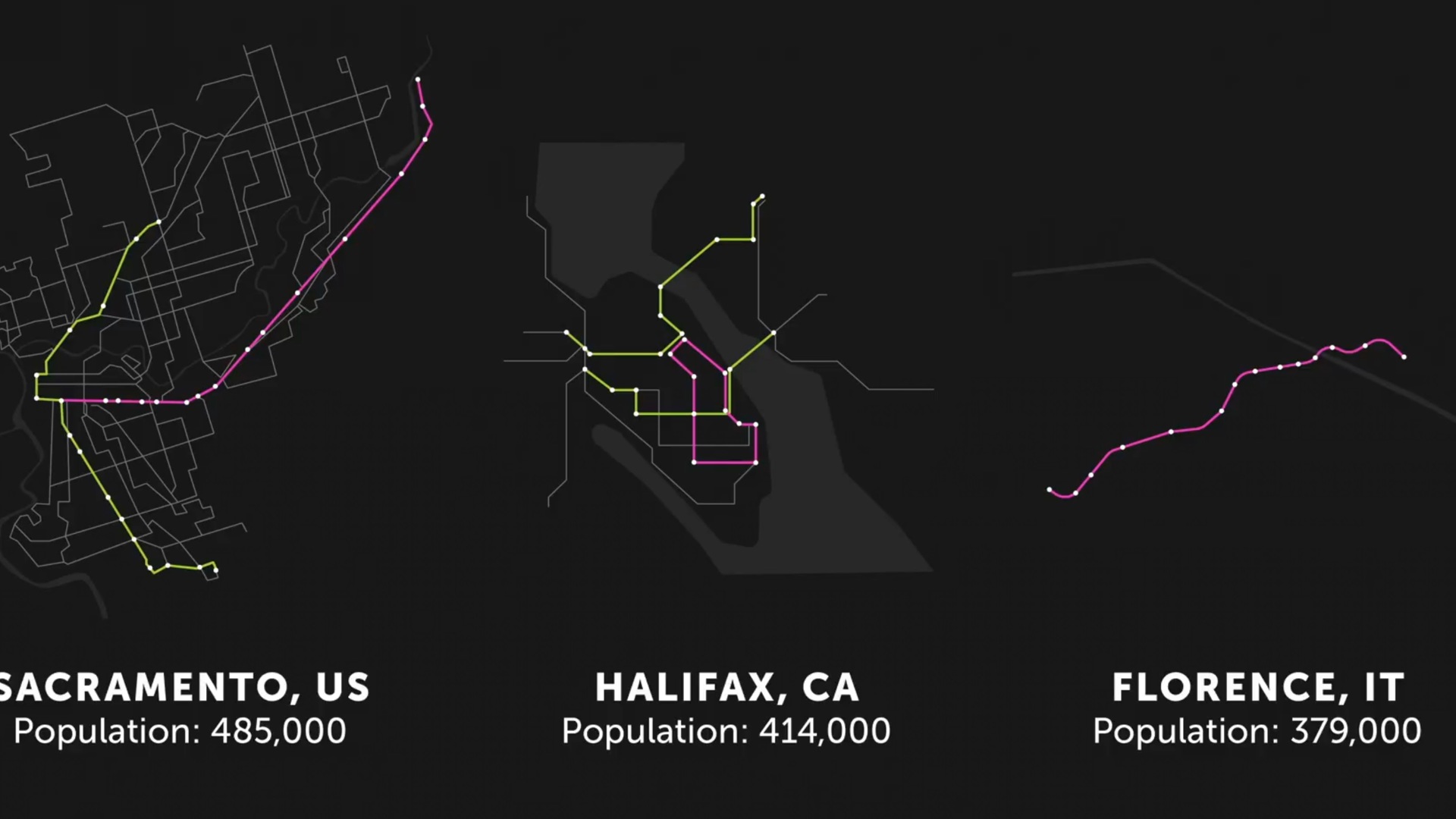
Enter: the autonomous shared car. In its most basic implementation, it’s essentially an autonomous bus, following a pre-programmed route and stopping if it detects passengers, intersections, or obstacles. One such example is already in operation in Sion, Switzerland, a small town of 34,000.
For larger cities with existing bus networks, such cars would operate in the same space as current ride-sharing services. Sandra gave examples such as school carpools or community centre transport for seniors. The connected nature of these vehicles means that users can be automatically notified when a pick-up or drop-off has occurred. One benefit of autonomous technology, especially for smaller vehicles, is that you get an extra seat to carry passengers (or cargo), thereby improving service efficiency. Another benefit? These vehicles can respond to ride requests 24/7 without needing a driver standing by.
The Challenges
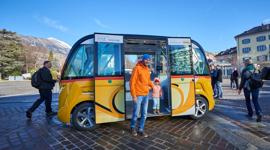
The devil’s in the details.
The implementation in Sion is a simple one: a continuous circuit in a low-traffic environment. Big-city driving, on the other hand, is characterized by people staging creative interpretations of lane markings, street signs, and traffic lights. Where autonomous vehicles are governed by strict rules, city drivers are bound only by the limits of their imagination. And while good sensors and cautious throttle application can guarantee safe vehicular operation, there’s also the human element to be considered.
Whenever automation is discussed with respect to a profession, in this case drivers of taxis, trucks, and buses, there’s always the topic of job loss. For public transit employees, removing the driving task simply means they can focus on customer service, rather than have it act as a distraction. The trucking and taxi industries, however, face a complete transformation.
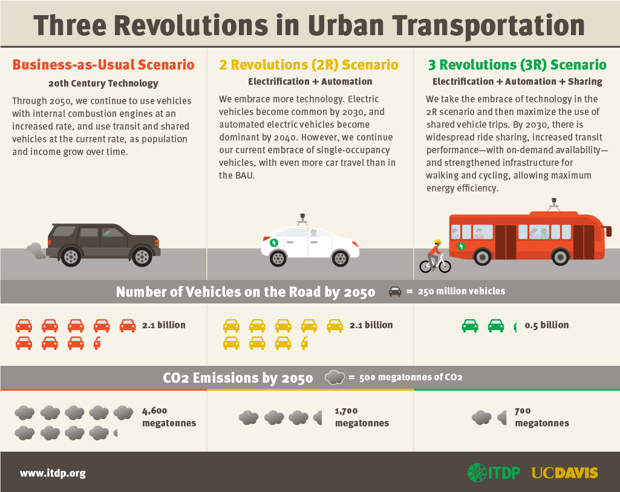
On a more fundamental level, riding alone on a driverless car can be an incredibly isolating experience. While some people relish the idea of disconnecting from the world after a long day of work, the two groups identified in Sandra’s pitch – young children and the elderly – are the most likely to benefit from human interaction that happen on other forms of public transportation. They are also those who are most likely to require human assistance during their trip.
Of course, these aren’t issues that can be addressed in a five-minute TED talk. Nor can we give a proper solution to the problem of leaving a child alone in a car for 5 minutes with a pack of stickers and a box of crayons.
Driving itself
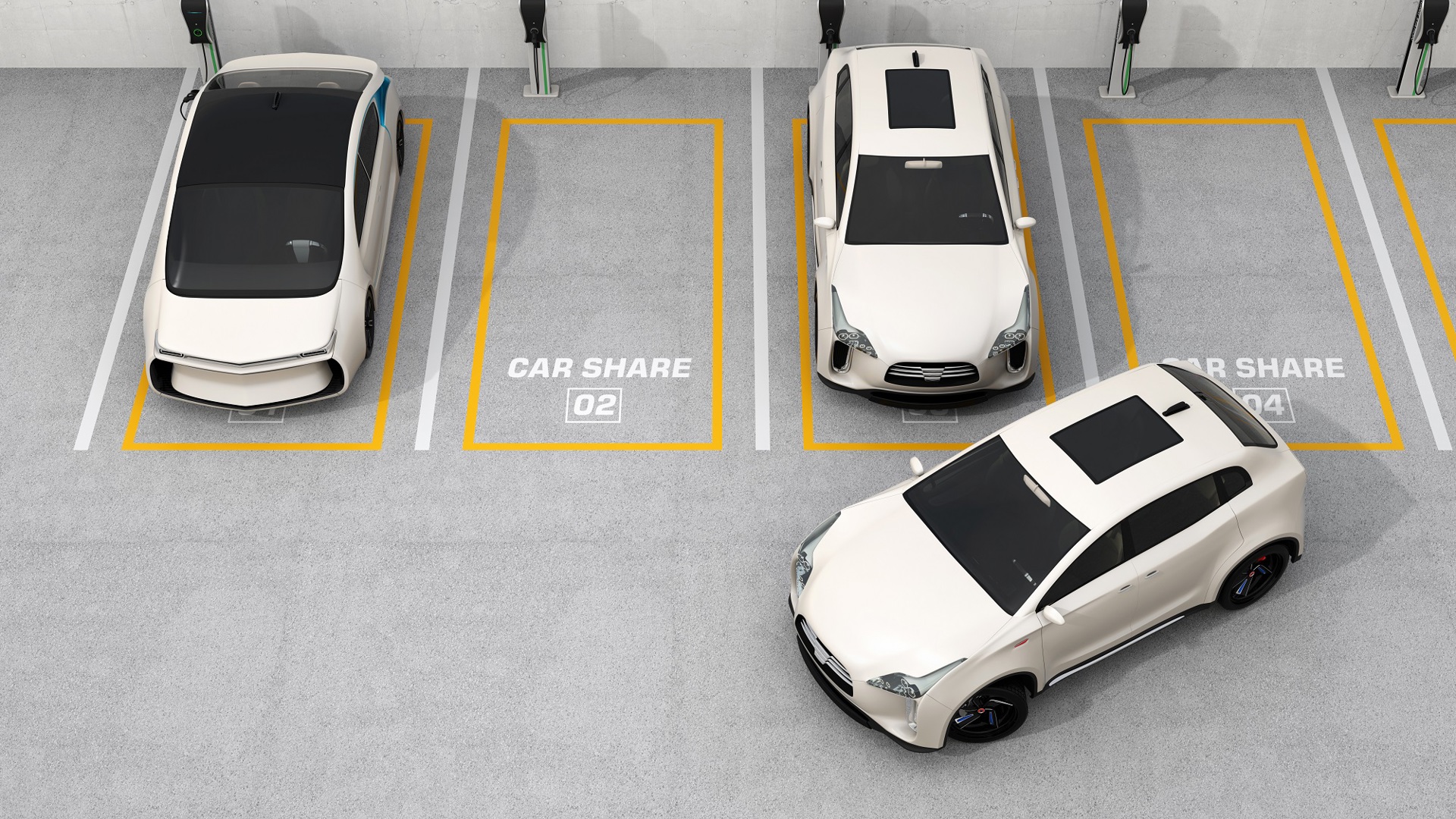
BMW, with its single-minded focus on “sheer driving pleasure”, seems an unlikely proponent of public transit, which doesn’t involve driving, is mostly the antithesis of pleasure, and is none too sheer about anything, in any sense for the word.
Then again, you could say as much about rush-hour gridlock. People buy automotive appliances because they simply need to commute to and from the office. After a while, most people find themselves getting out of the car with no recollection of the particulars of their journey home. The only benefit of driving their own car over public transit is that it takes them directly from office to home, no transfers and no walking. Offer these same people a ride home in an autonomous bus and they’ll likely hop right on and whip out their phone to catch up on some TV.
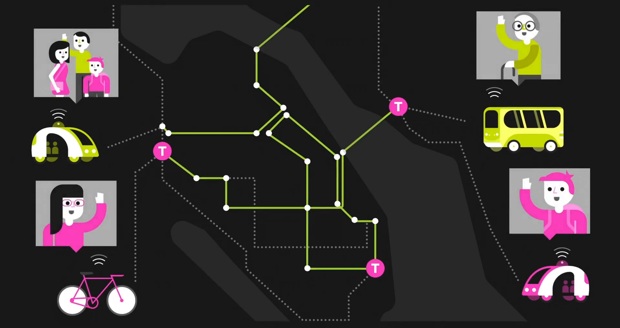
Sandra’s vision of a truly inclusive transit system may find its biggest fan in the everyday commuter. And it’s also where cities will see the greatest impact: each person who makes the jump translates into another single-occupant vehicle taken off the road. Fewer cars means less traffic, and less traffic means a better commute for everyone, regardless of whether or not they’re behind the wheel.
The truth is, very little of what people do with their cars every day can be rightfully called “driving”, a virtuosic performance of precision and skill where the car becomes an extension of the driver’s will, free of such banal thoughts as “Do we need toilet paper?” or “Huh, that’s the second time that pedestrian’s passed me in the last hundred metres.” Ironically, for BMW to satisfy its core vision as a car manufacturer, its best bet is to have fewer vehicles on the road, so that when a driver disengages the computer and decides to drive, it’s worthy of that term.
